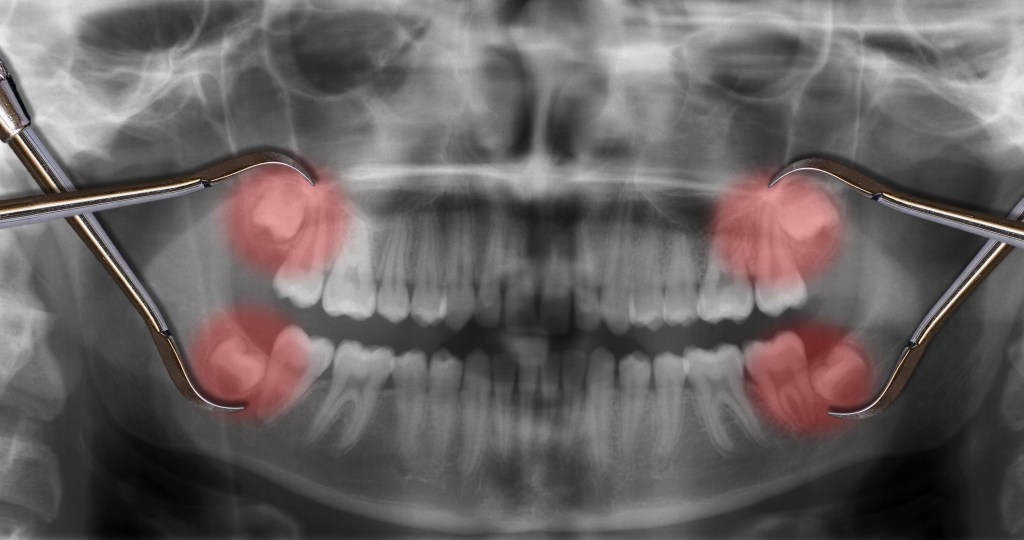Wisdom teeth, or third molars, typically emerge in the late teens or early twenties, but complications often arise, necessitating extraction. Impaction, where the teeth don’t fully emerge, is common, leading to pain, swelling, and potential infection. Crowding and difficulty in cleaning can also occur, impacting the alignment of existing teeth. In some cases, cysts or tumors may form around impacted wisdom teeth, posing further risks.
The extraction process begins with an evaluation, often involving X-rays to assess the teeth’s positioning. Local anesthesia or sedation ensures comfort during the procedure. If the tooth is impacted, a small incision is made to access it, followed by careful extraction, possibly in sections. The incision is then closed with stitches if needed.
After extraction, managing post-operative discomfort is crucial. Pain medications, ice application for swelling, and a soft-food diet during the initial healing phase aid recovery. Gentle oral hygiene is advised, with care around the extraction site, and follow-up appointments are scheduled to monitor healing and address any concerns.
Wisdom teeth extraction is a routine and necessary dental procedure to prevent complications and maintain overall oral health. Early evaluation by a dentist helps determine the need for extraction, and the procedure, when required, is accompanied by various pain management and aftercare measures to ensure a smooth recovery.

